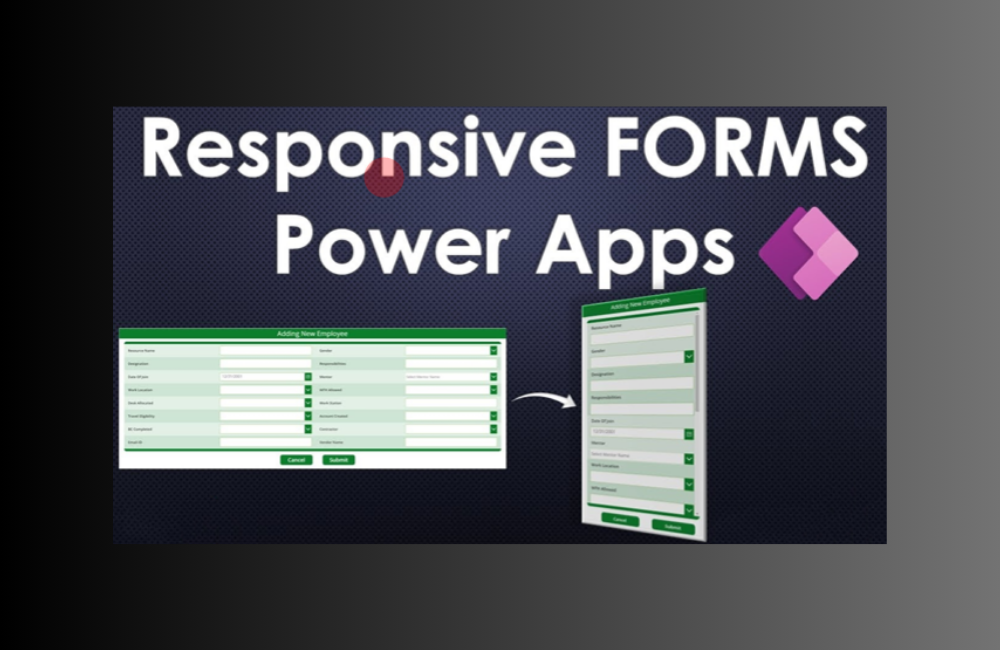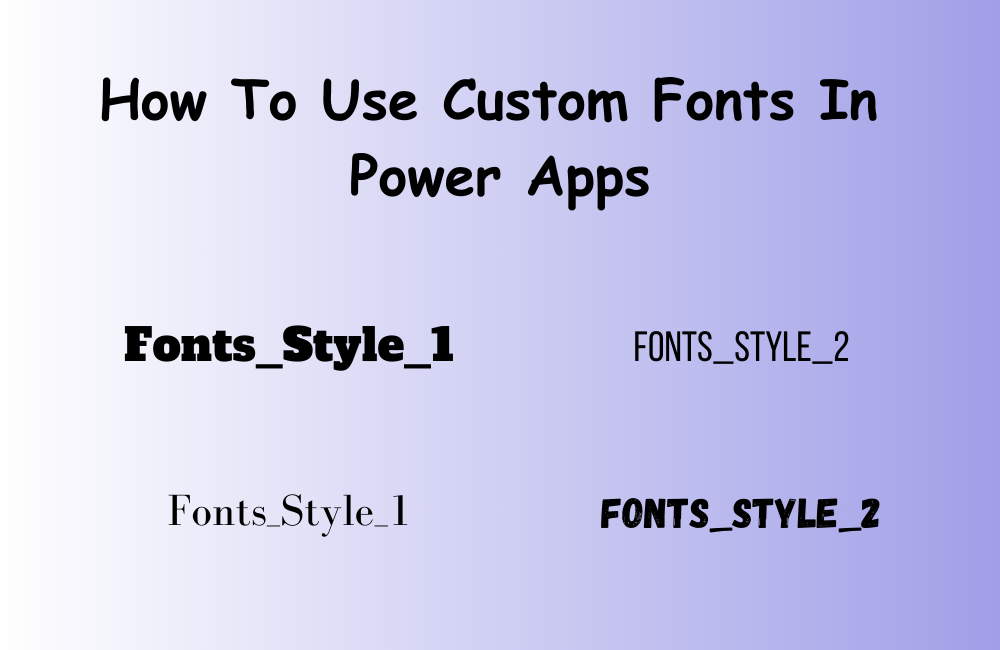Introduction:
Working with SharePoint often involves calculating fields. This guide shows a simple method using forms to do this. If this query resonates with you, this guide will illuminate a straightforward method, utilizing forms, to achieve this task seamlessly.
Understanding Field Calculations and Data Storing
Calculations on input data are common. This guide offers an intuitive approach, using forms instead of the complex Patch function.
Step-by-Step: Calculating Values within a Form
This includes item details and price calculations. The form automatically calculates sales tax and total price.
The objective here is to craft a form allowing users to input item specifics and quantity. The system should then autonomously determine the sales tax and the comprehensive price, storing these in the SharePoint list.
Initiating Form & Determining Calculations
Start with an edit form. For a 20% sales tax, set up a formula to calculate it. The formula uses item price and quantity.
To enact this, first, unlock the ‘tax value‘ card. Following this, establish the calculation by dictating the Default attribute of the ‘tax value’ card to this formula:
Value(InputValuePrice.Text) * Value(InputValueQuantity.Text) * 0.2
Tabulating the Summation of Fields
The total price calculation includes item price, quantity, and tax. Use a formula for this in the form. It automatically calculates the total price.
For this, unlock the ‘aggregate price’ card, and stipulate the formula for the Default property:
(Value(InputValuePrice.Text) * Value(InputValueQuantity.Text)) + Value(TaxInputValue.Text)
Here, TaxInputValue represents the ‘sales tax’ input control.
Enhancing Form Aesthetics & Usability:
Improve user experience by hiding calculated values. Still, ensure their storage in SharePoint. Adjust the form’s look for a better presentation.
Enhancing Form Aesthetics & Usability
For a refined user experience, one might opt to veil the calculated values, still ensuring their storage in SharePoint or the respective data source. This is achievable by adjusting the ‘Visible‘ attribute of data cards to ‘false‘. Beyond this, the form’s presentation can be further tailored, by showcasing the calculated values in distinct segments of the app or screen, utilizing the concealed text input controls as reference points.
Conclusion:
Calculating and storing values in SharePoint is essential. This guide provides a user-friendly method using forms. The capacity to compute values rooted in user inputs and subsequently store these results in SharePoint or other databases is a fundamental and recurrent need. This guide endeavored to present a user-friendly method to tackle this using forms. If you find yourself grappling with any aspect or desire further insights into SharePoint list formulas, do not hesitate to reach out to us. Our adept team is poised to assist you.






